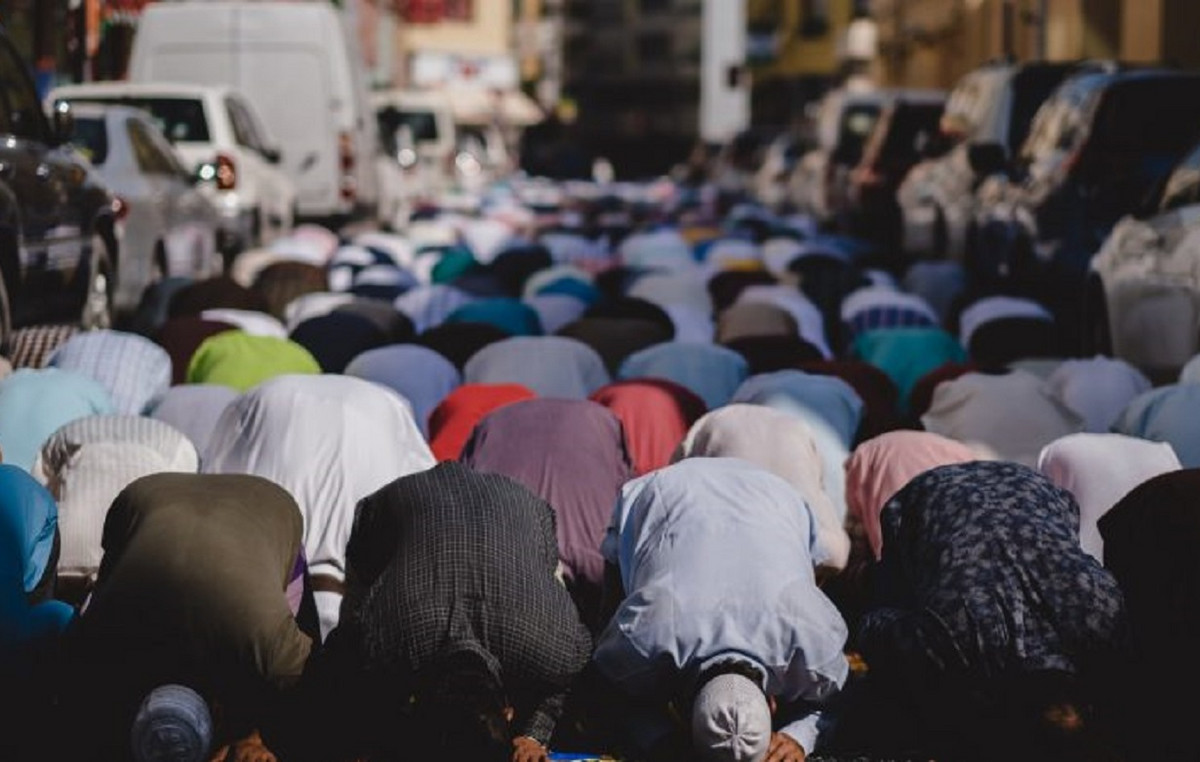Blood transfusion is essential for the treatment of people suffering from a range of diseases or victims of accidents, natural disasters and armed conflicts.
The World Health Organization (WHO) states that the need for blood is universal, but that access is still limited – especially in low- and middle-income countries, where shortages particularly affect women and children, who tend to be who need blood the most.
O World Blood Donor Day celebrated this Tuesday (14), promotes awareness of the importance of donation for public health.
The hematologist at Hospital Anchieta in Brasília, Jackeline Felix, explains that donating blood is an easy, quick and safe process. Since the beginning of the Covid-19 pandemic, blood banks have adapted to avoid agglomerations.
Doctors attribute the lack of donors to the miscellaneous to myths about donation. The fear of pain, believing that one does not fit the donor profile and the pandemic also contribute to keeping people away from blood centers.
“Seasonal reasons such as vacation mid-year schoolchildren and high travel season, the increase in respiratory diseases with the arrival of the cold and drought, in addition to the Covid-19 pandemic, make people stay at home more and stop going to blood banks . All these factors lead to a reduction in donations”, explains Jackeline.
The doctor explains that the donation process is safe and can be carried out without harm to the donor’s health.
“Blood bags are collected using disposable, sterile material and products registered with Anvisa. The donation itself, the collection, takes no more than 15 minutes. It is necessary to observe the donor for a few minutes, before leaving the blood bank, to check that there are no symptoms, such as malaise, dizziness and weakness”, he explains.
Criteria for donating blood
- Be fed and avoid fatty foods 3 hours before donation
- If after lunch, wait 2 hours
- Sleep at least 6 hours in the last 24 hours
- Be between 16 and 69 years old and weigh more than 50 kg
- Have donated before age 60, if aged between 60 and 69
- Maximum of four annual donations for men and three for women
- Minimum interval between one donation and another of two months for men and three months for women
global overview
WHO has released updated information on the global scenario of blood donation. Of the 118.5 million donations collected globally, 40% of them are collected in high-income countries, which are home to 16% of the world’s population.
In low-income countries, up to 54% of blood transfusions are given to children under 5 years of age; while in high-income countries, the group of patients most frequently seen is over 60 years of age, representing up to 76% of all transfusions.
Based on samples of 1,000 people, the blood donation rate is 31.5 donations in high-income countries, 16.4 donations in upper-middle-income countries, 6.6 donations in lower-middle-income countries, and 5 .0 donations in low-income countries.
An increase of 10.7 million blood donations from voluntary unpaid donors was reported from 2008 to 2018. In total, 79 countries collect more than 90% of their blood supply from voluntary unpaid donors; however, 54 countries collect more than 50% of their supply from family or paid donors.
Source: CNN Brasil







